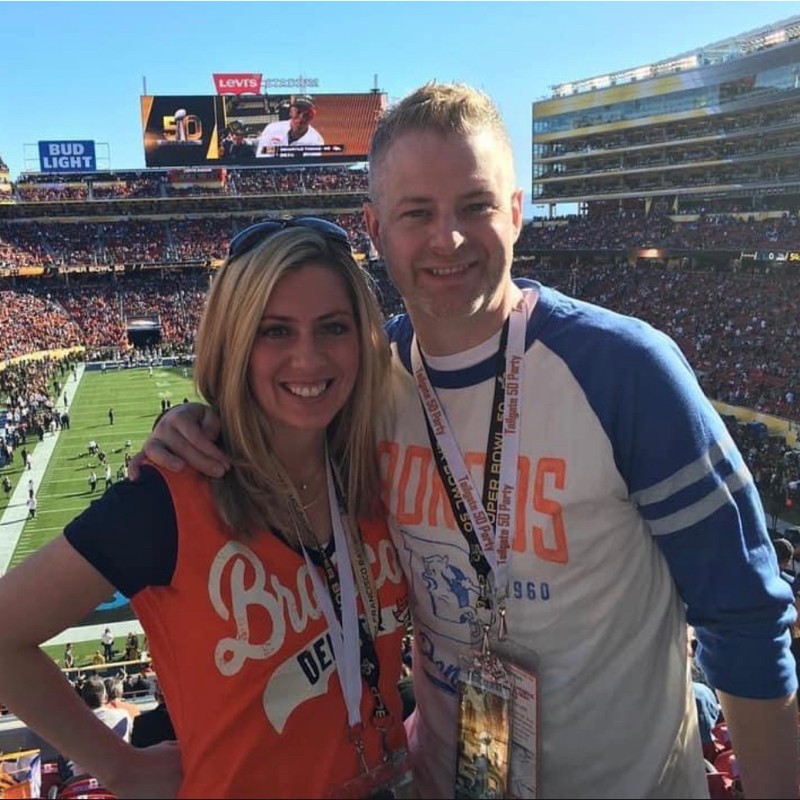What's the difference between Mormon Polygamy, Plural Wives, and Eternity Only Sealings?
A Joseph Smith Polygamy Timeline shows that like many other experiences Smith had, Smith’s understanding and practice of polygamy evolved as Smith grew and learned from the Lord. At first, polygamy was not something Smith wanted to practice, but as the years passed, he began to practice polygamy at the Lord’s insistence. Smith’s first plural marriage took place in the 1830s but was short-lived. Later, Smith married many wives while living in Nauvoo in the 1840s. Joseph Smith married both single women and women who were already married. In total, Smith probably married or was sealed to 30-40 women.
There was a type of polygamous marriage that Smith entered into called eternity-only sealings. These types of sealings were meant to provide a husband to women in the next life. Fanny Young, for instance, was sealed to Smith primarily to claim the blessings promised in D&C 131:2 without any expectation of sexual intimacy in mortality. Smith’s eternity-only sealings often happened with women married to non-believers, such as Mary Elizabeth Rollins, whose first husband chose not to be baptized on various occasions.
Joseph Smith’s Polygamy also allowed multiple families to be sealed together in “dynastic” relationships. For example, Helen Mar Kimball, Fanny Young, and Rhoda Richards were sealed to Smith to connect multiple apostles’ families to Smith.
Some plural marriages occurred so that widows could receive the economic support that having a husband provided. Smith probably did not enter these marriages. However, Smith did request that Heber C. Kimball marry Sarah Peake Noon whose husband abandoned her in Nauvoo. When they were married, Kimball could provide economic security to Noon and her children.


